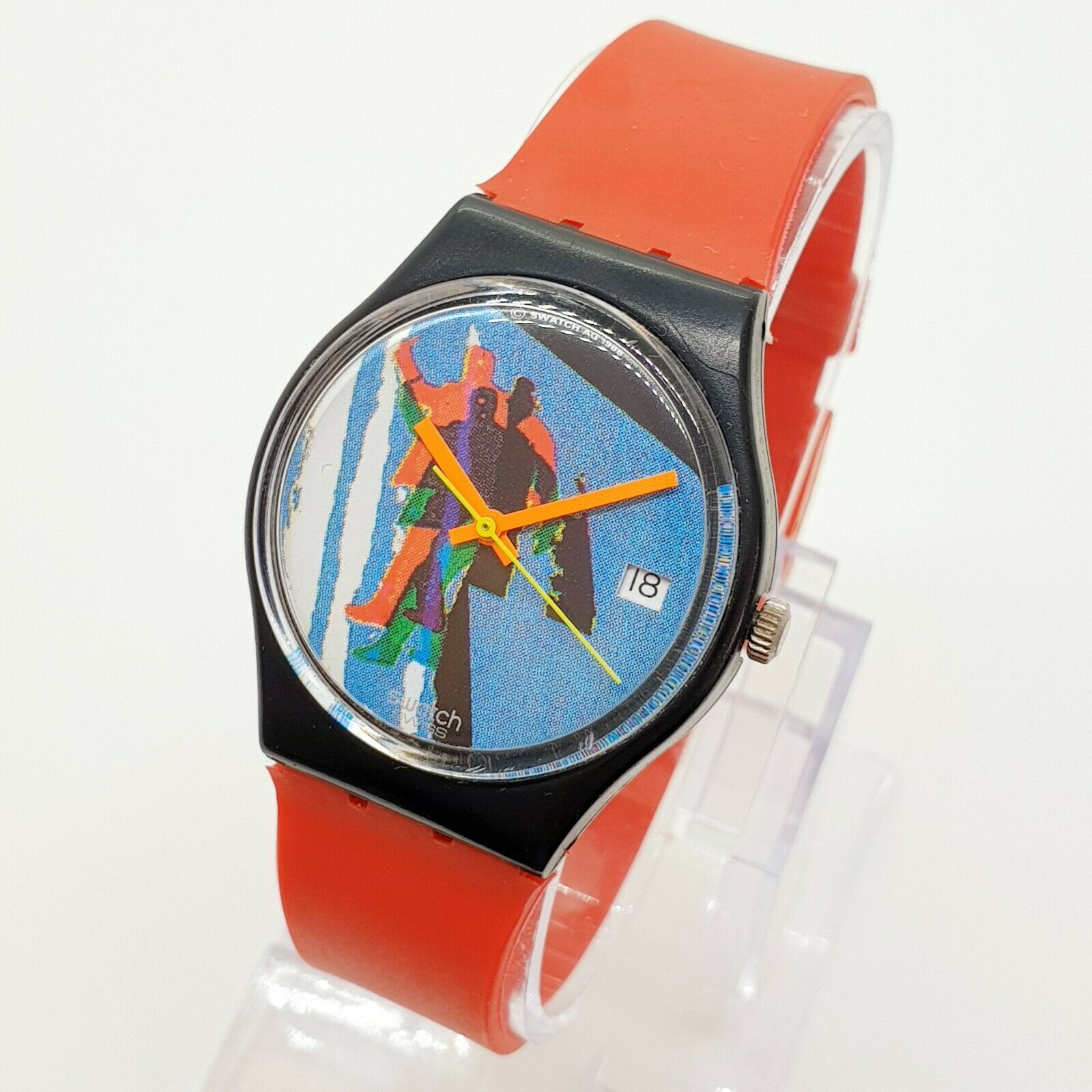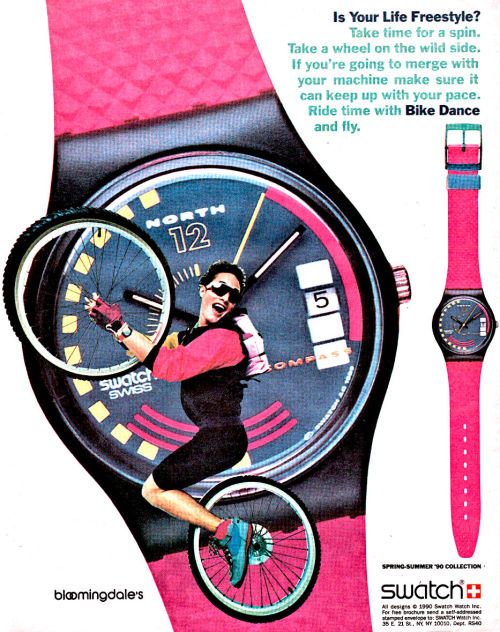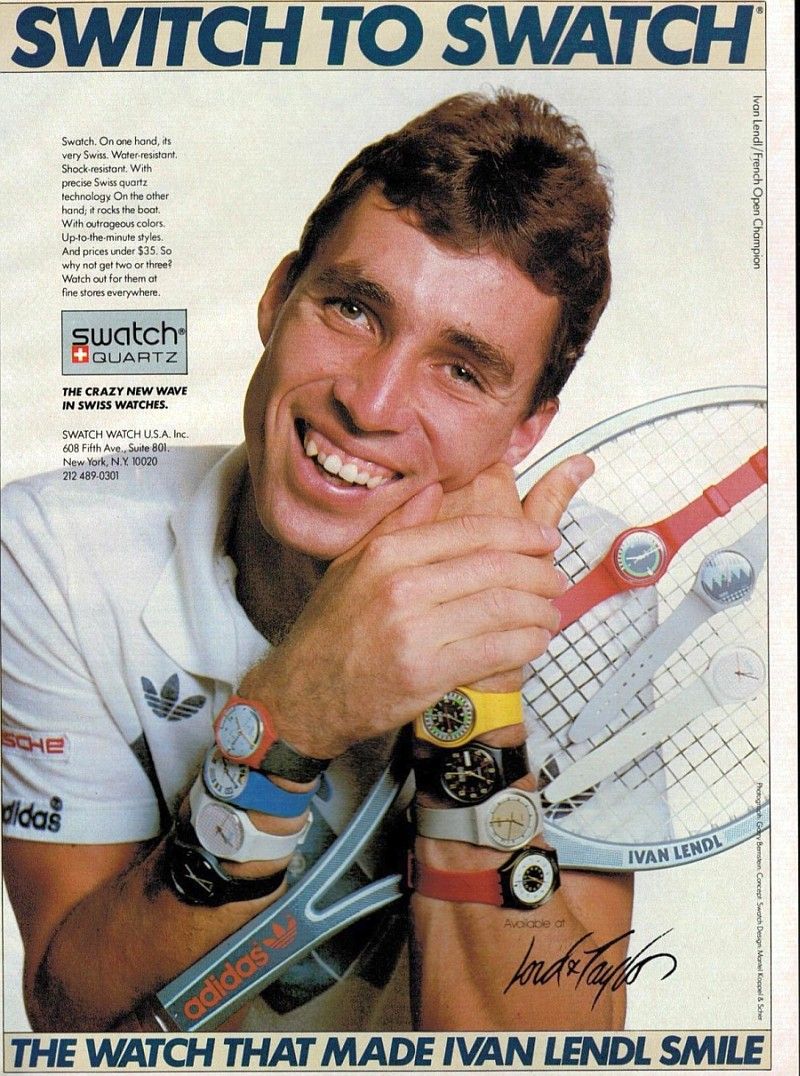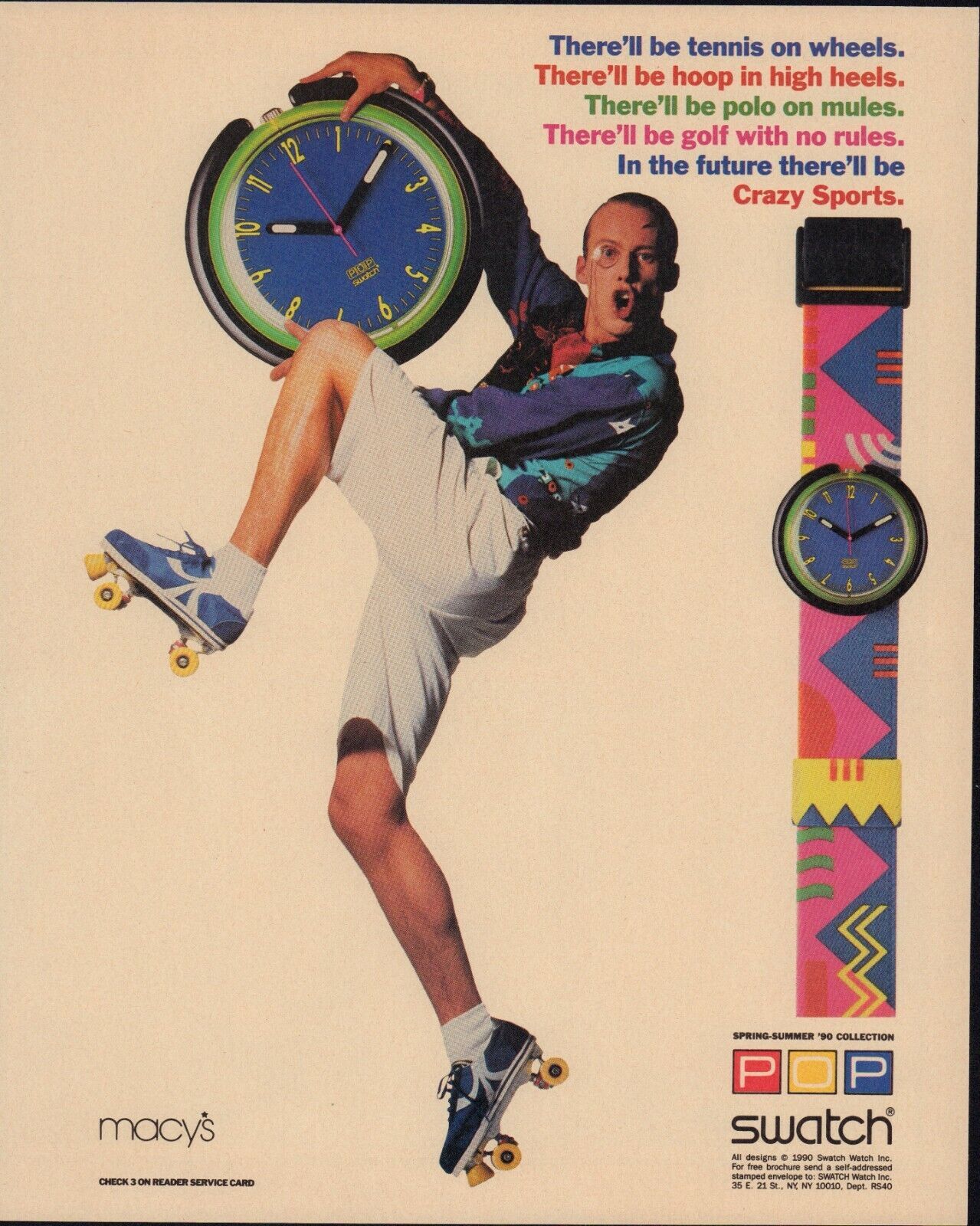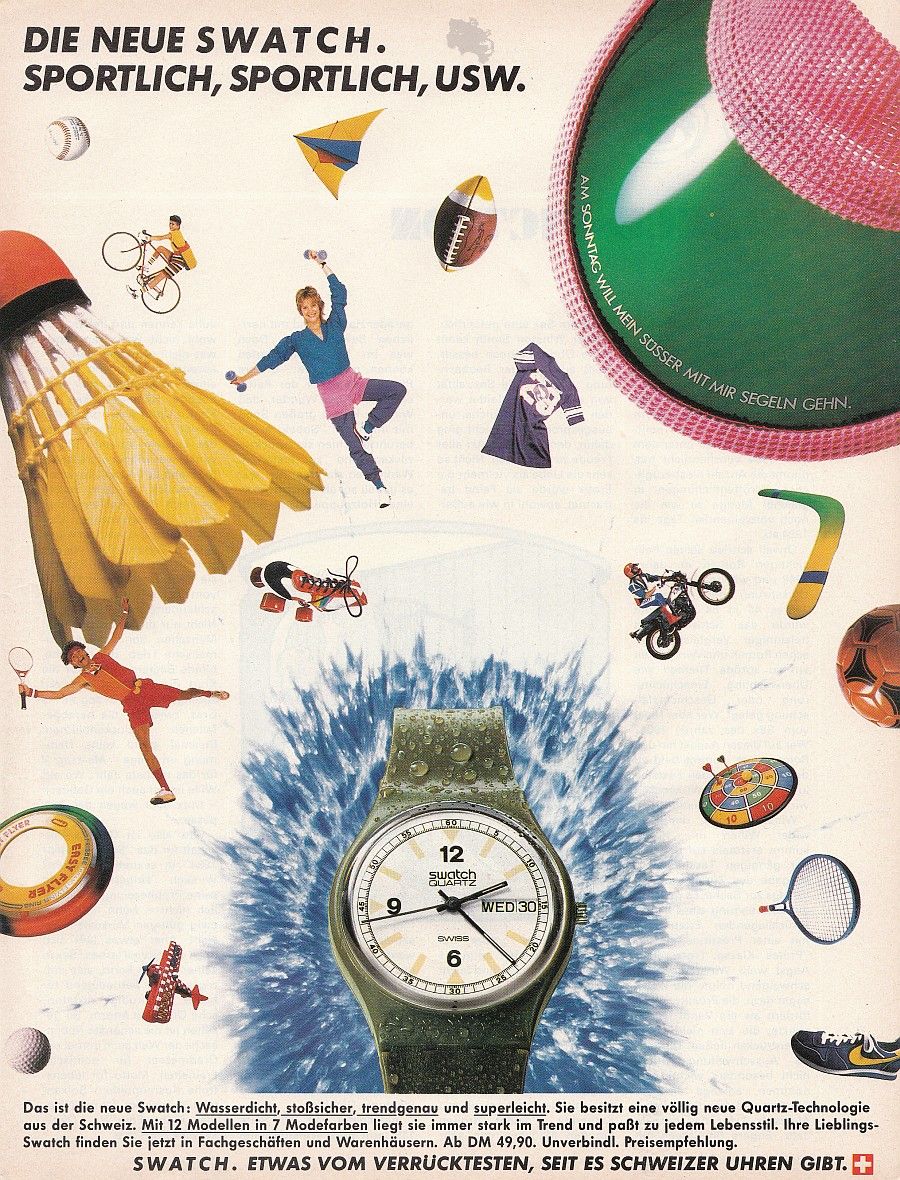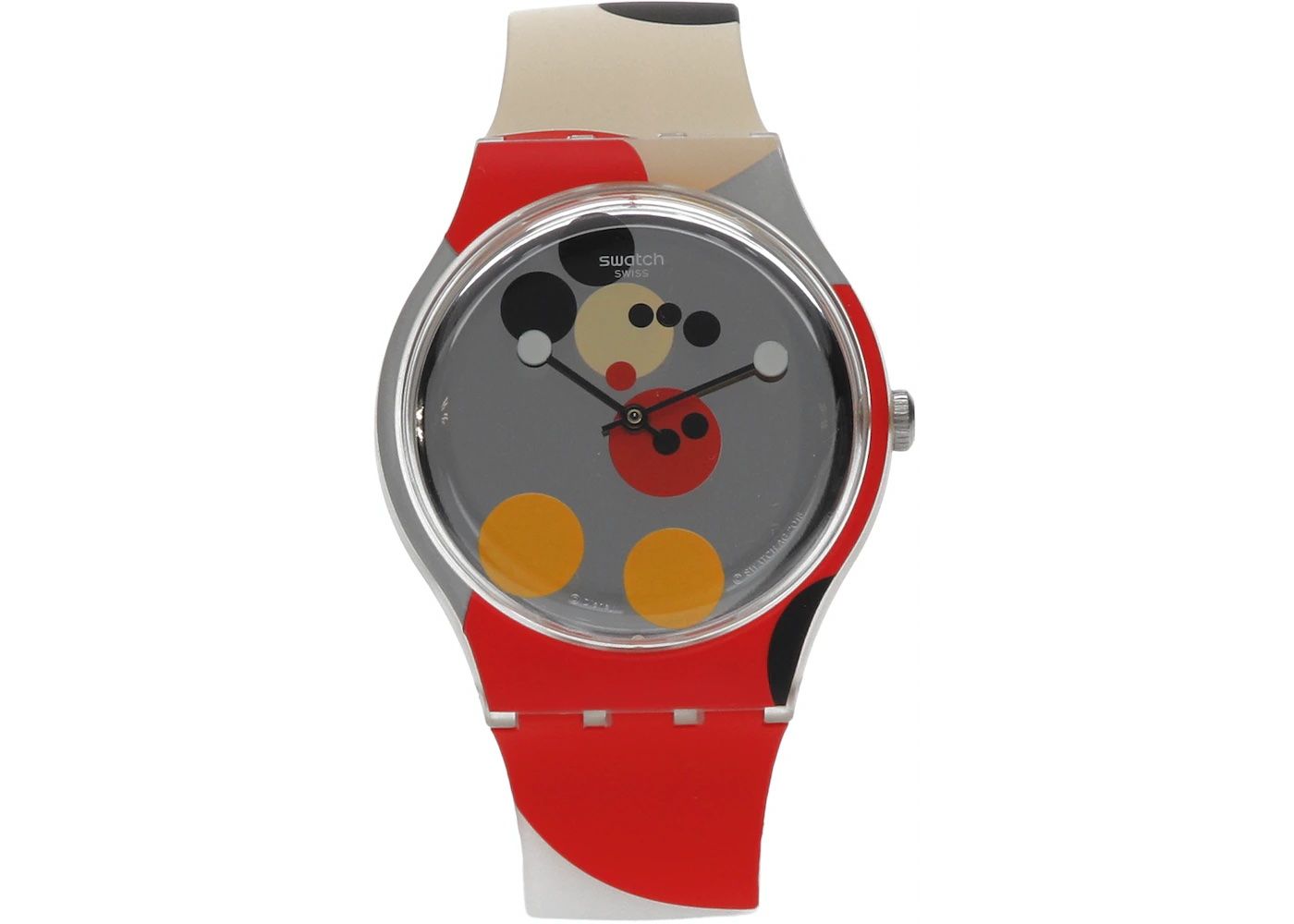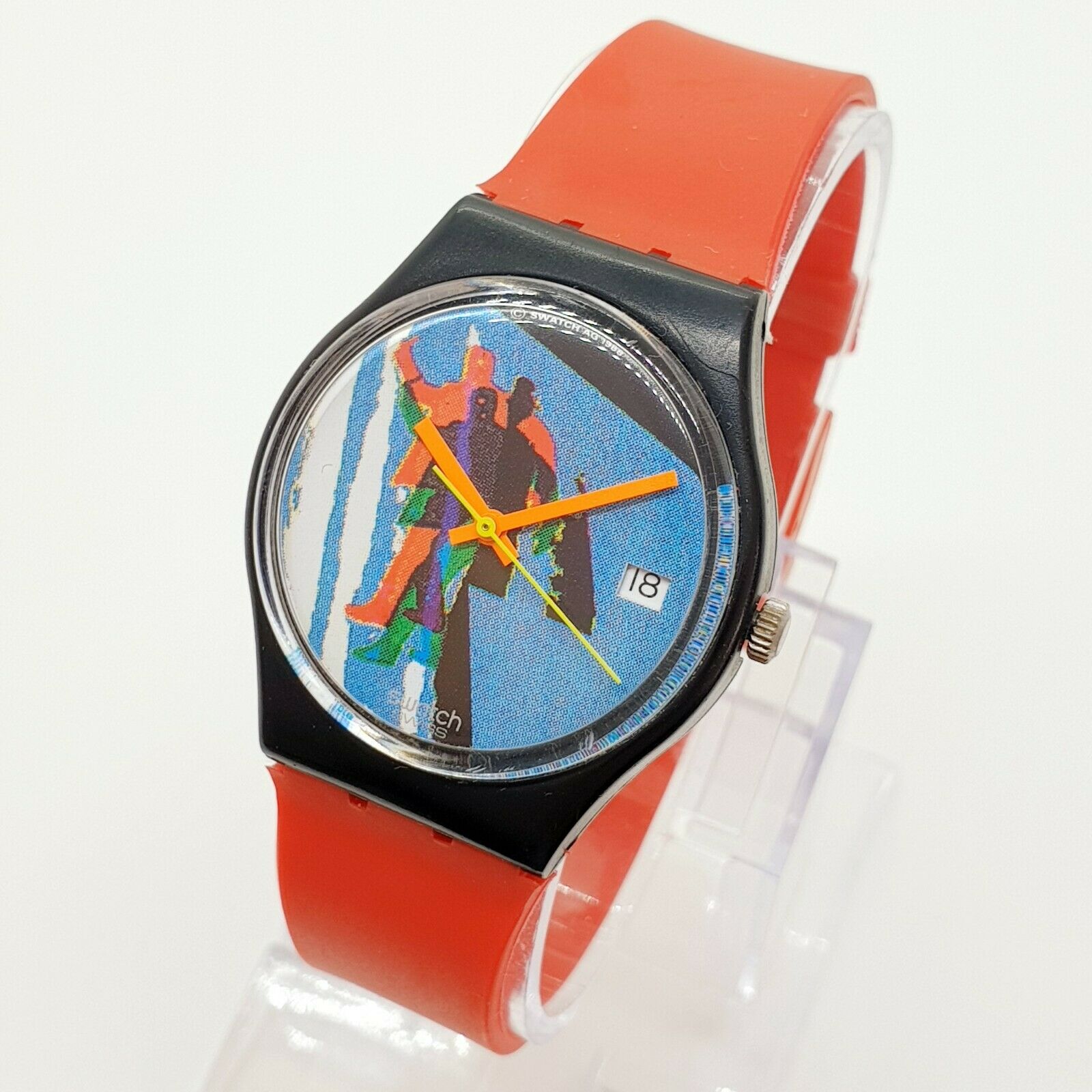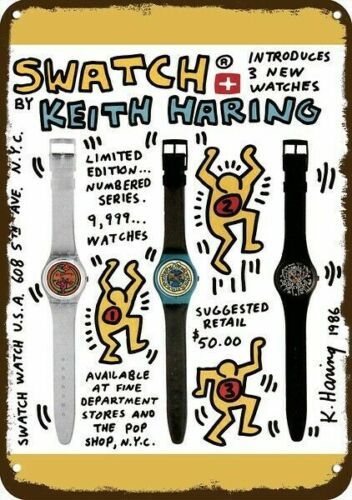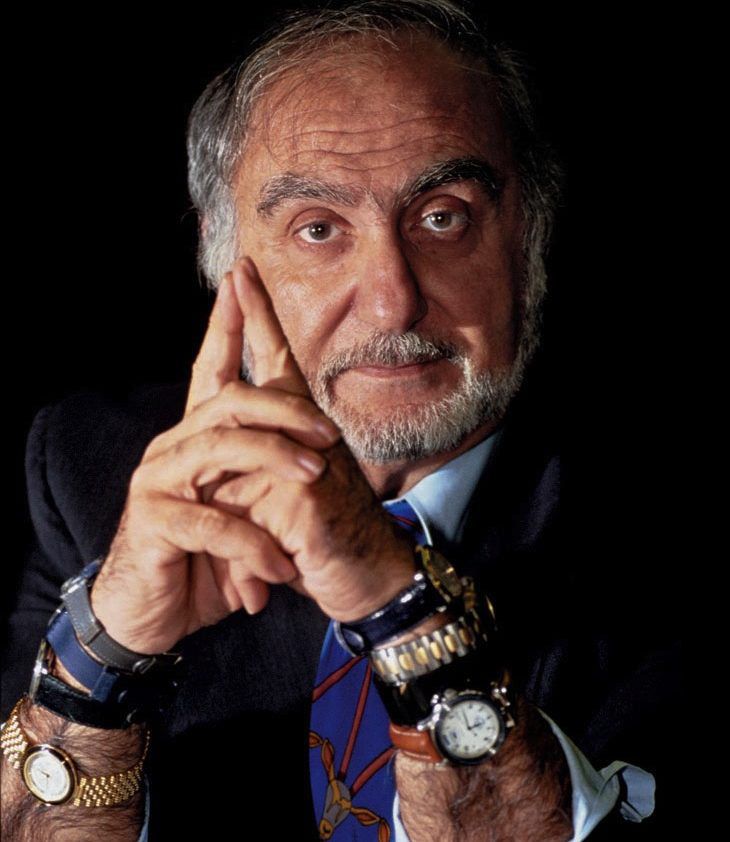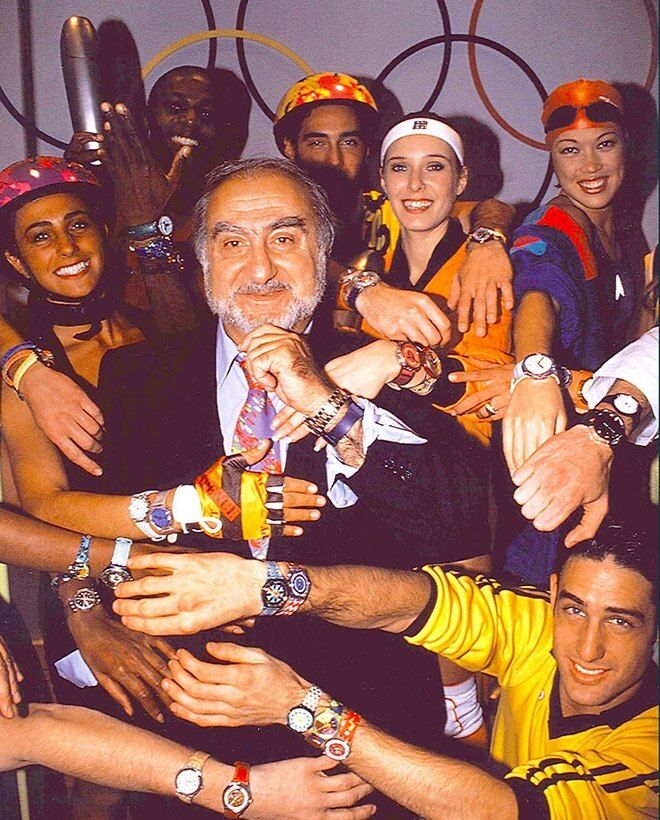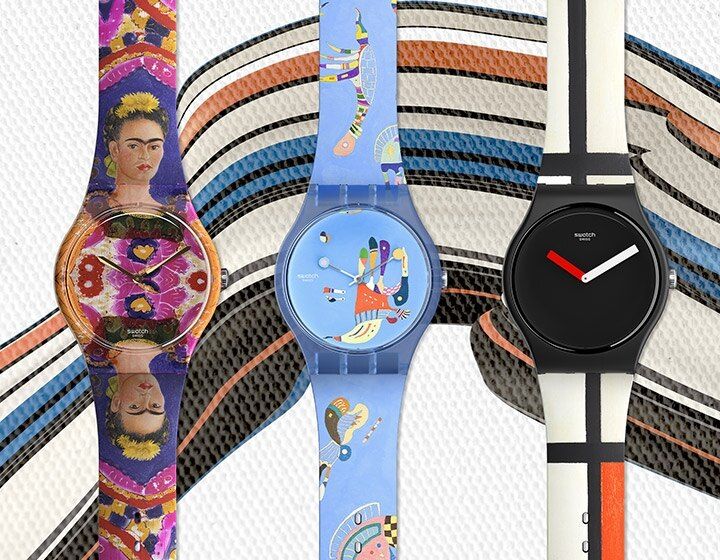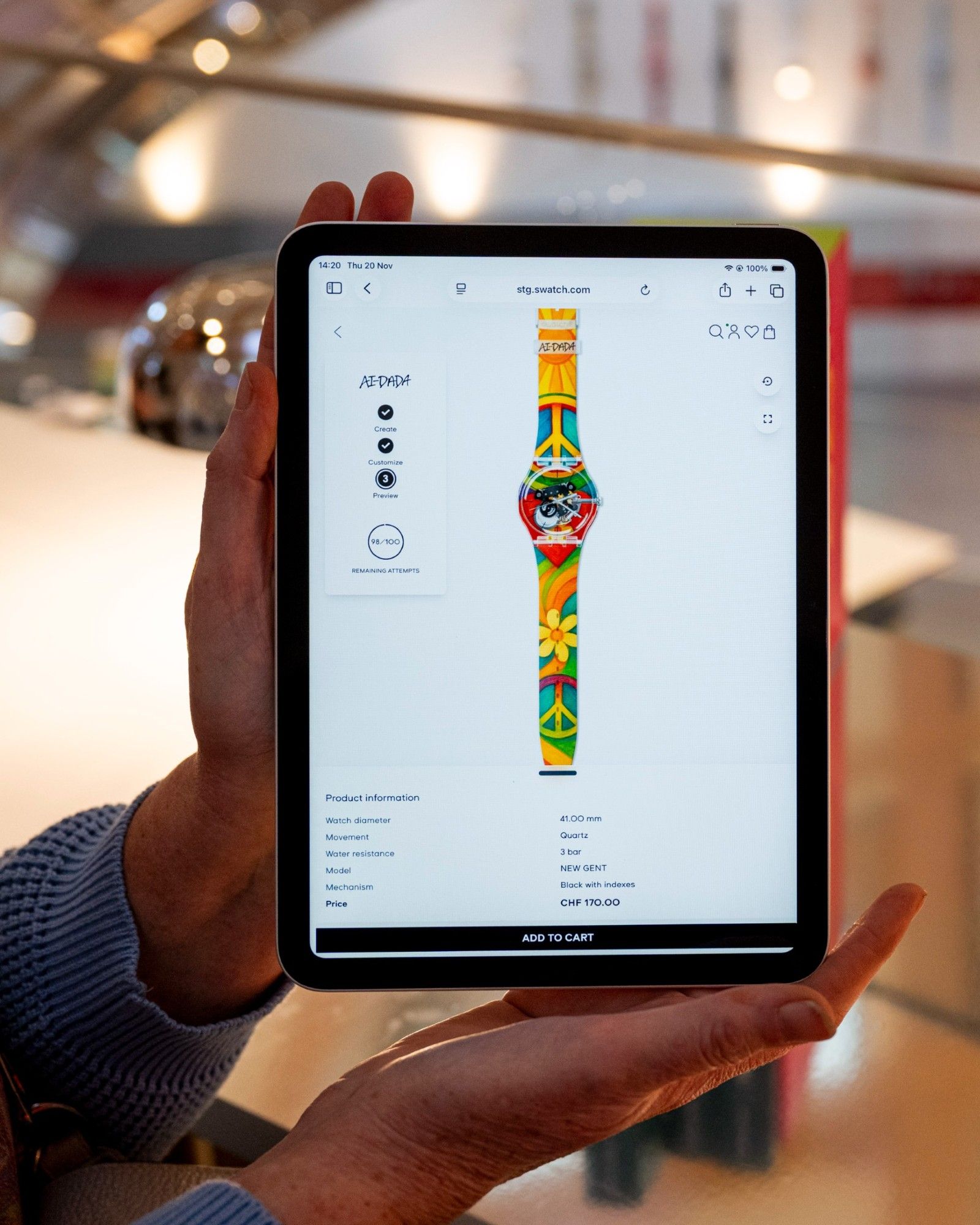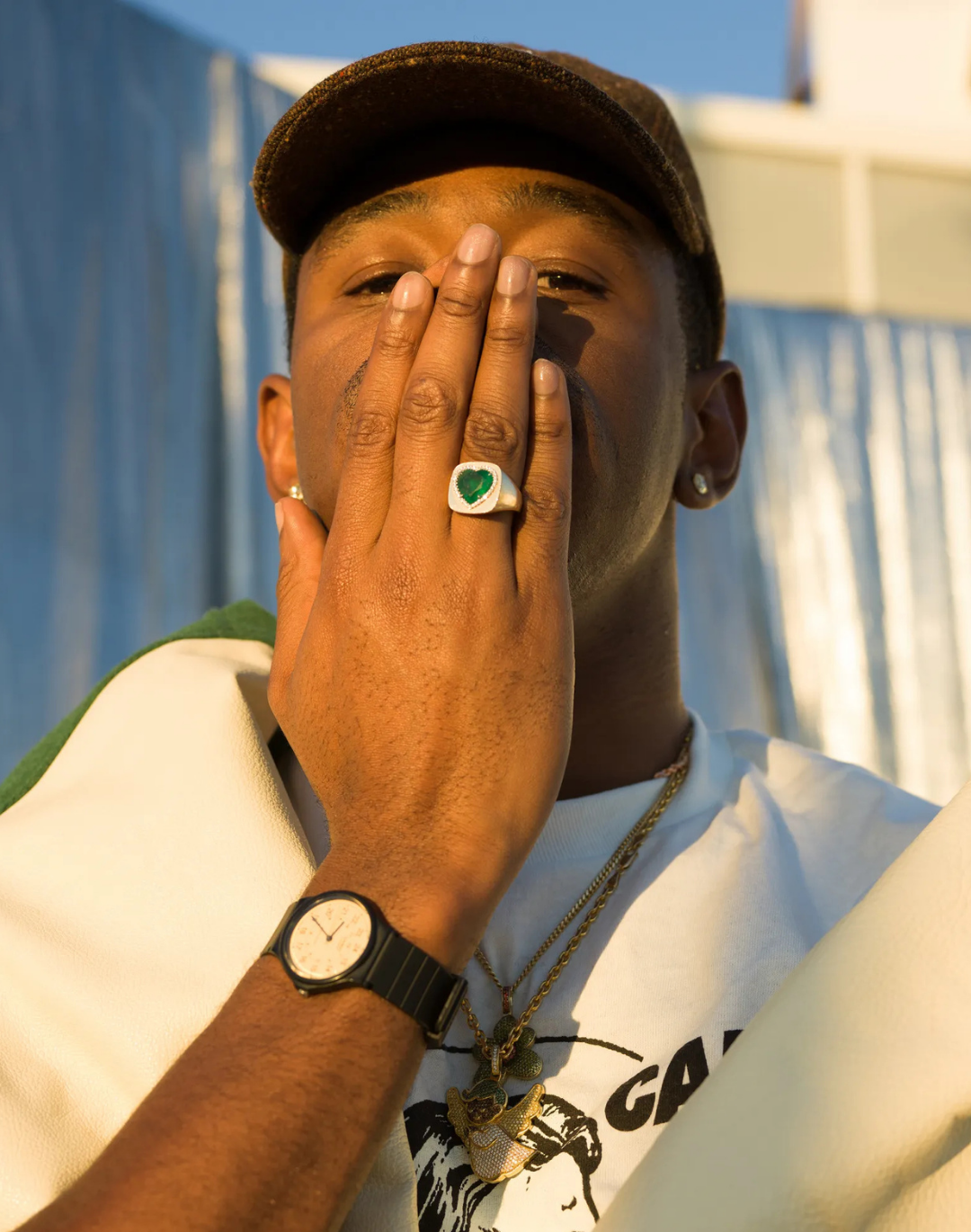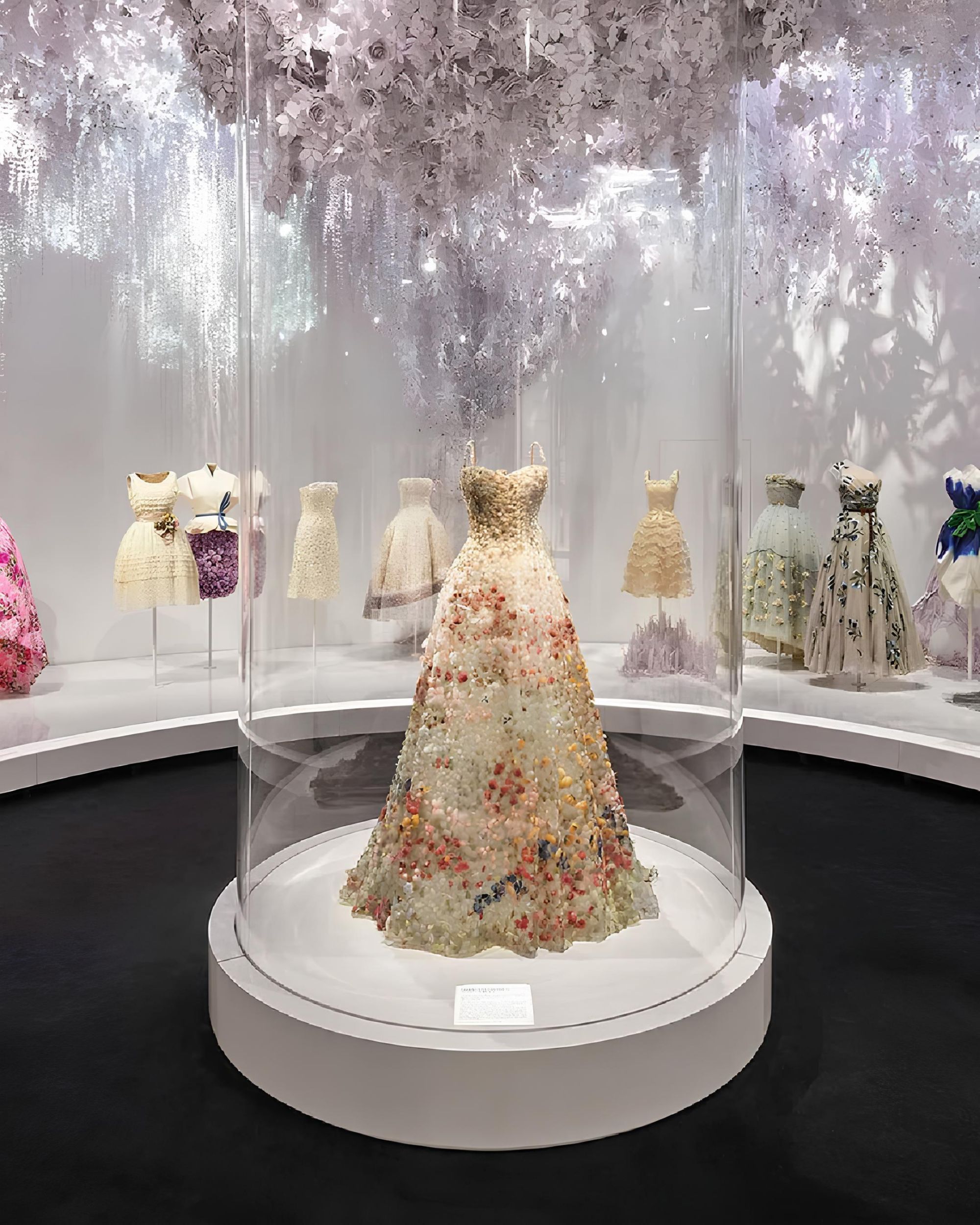
Forty years of Swatch How a watch and its creator managed to turn the fortunes of Swiss watchmaking upside down
Forty years ago, in March 1983, the first Swatch model was introduced to the public. It was an immediate success, managing to revive the Swiss watch industry, which at the time was slowly failing due to competition from other countries. Until after the Second World War, Switzerland was the world's largest watch producer, but its monopoly was first challenged by the launch of American watches, then in the 1970s by the cheaper quartz watches made in Japan. The Swiss watch industry, characterised by slow workmanship and expensive luxury products, had mistakenly considered quartz watches a passing fad, but due to Japanese competition it lost two thirds of its workforce and a large part of its market share within a few years. Things changed thanks to Nicolas Hayek, a business consultant from Zurich who is considered to be the man who saved the Swiss watch industry.
Hayek argued that Swiss companies still had potential: to beat the Japanese, however, they needed an innovative product that would bring vitality to the market. He therefore launched a new, thin, cheap and quickly mass-produced plastic watch, the Swatch, named after the combination of "Swiss" and "Watch". Its most important feature was that the number of components was only 51 parts, instead of a hundred - as in traditional Swiss watches. Production costs were cut by 80% as a result, and a watch was born that cost a third of any other model produced in Switzerland. Once the technology had been invested in, a real brand had to be created. The philosophy conceived for the Swatch was that you could change it every day, just like any other accessory, by buying more than one: the watch stopped being an object that only served to measure time, and became a way to express your personality.
The watches were supported by very creative advertising campaigns, which presented the company's watches as innovative, fashionable and affordable products, helping them to become a pop icon of the time. The Swatch was especially popular among the younger generation, thanks to its brightly coloured cases and straps. But in addition to the flamboyant patterns, lines dedicated to subjects beloved by the masses, from Peanuts to great artists such as Modigliani or Frida Kahlo, became fundamental to the brand's appeal. Swatch also changed the way watches were sold: in the 1990s, the company opened large single-brand stores in Times Square and the Champs Élysées, but also invested in more intimate and recognisable resale shops in what back then was considered an unconventional place - such as stations or airports. This strategy enabled the company to sell more than 1 million watches in the first year, while over 300 million were sold in the following 20 years.
One of the company's best-known initiatives was the Swatch Art Special, a programme launched in 1985 through which some of the best-known artists and designers could create their own limited edition Swatch models or collections. Participants included artists and designers such as Damien Hirst, Keith Haring and Vivienne Westwood. Today, the Swatch Group's single-brand shops number more than 3,000 worldwide, and the company, in addition to producing its famous watches - of many different types - also controls some fifteen brands, some popular and some luxury, such as Longines, Tissot, Breguet and Harry Winston. But Swatch's success continues unabated: according to figures released by the company, its sales in 2022 were 25% higher than the previous year.










































